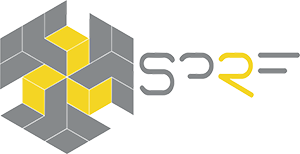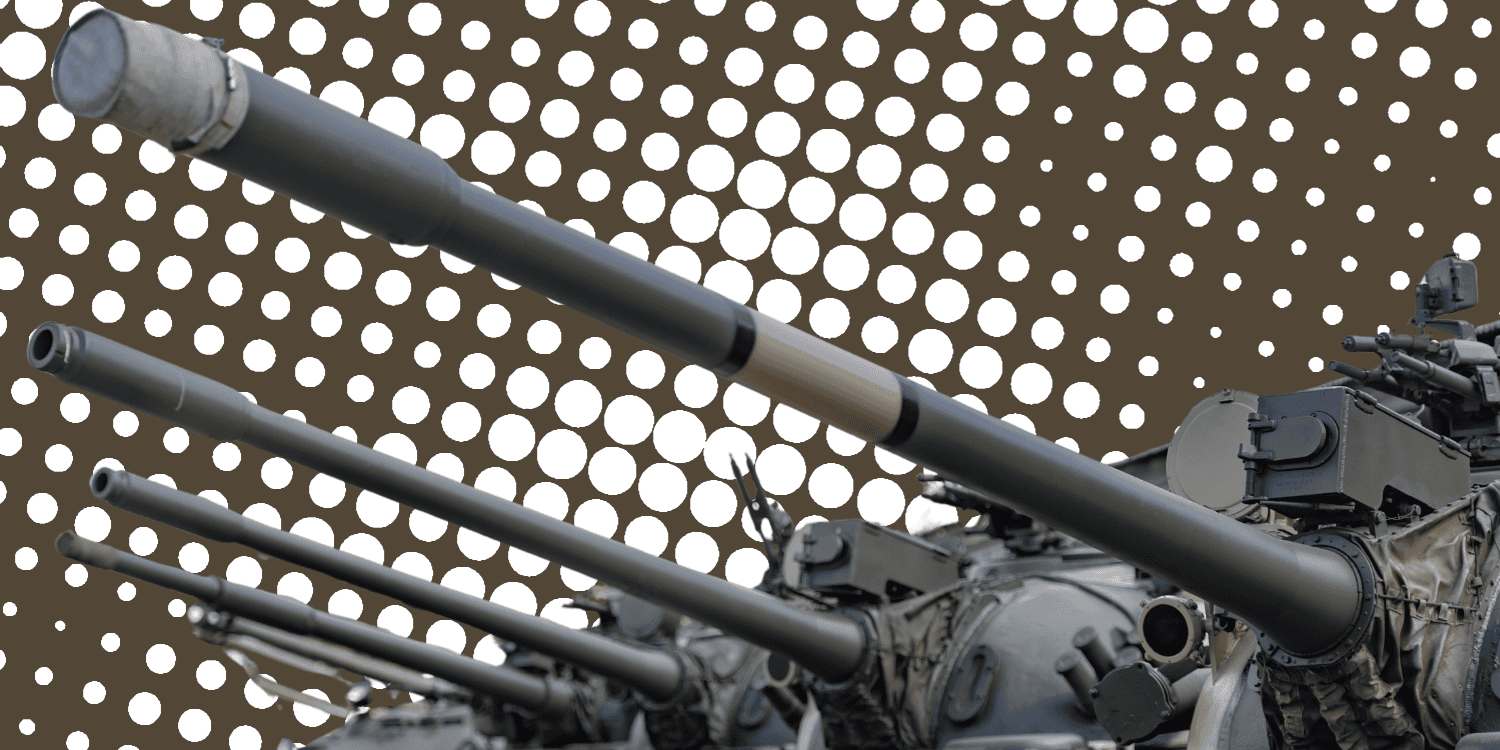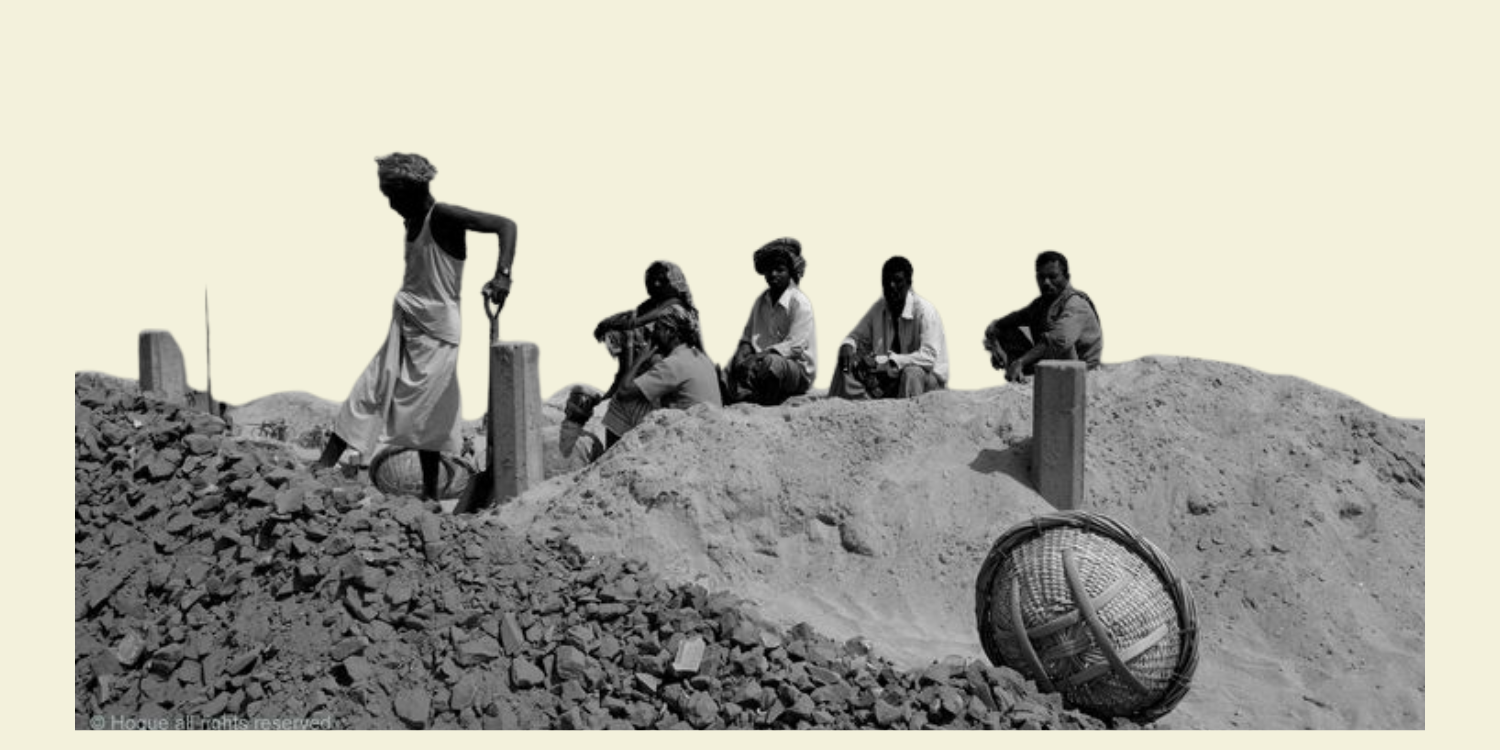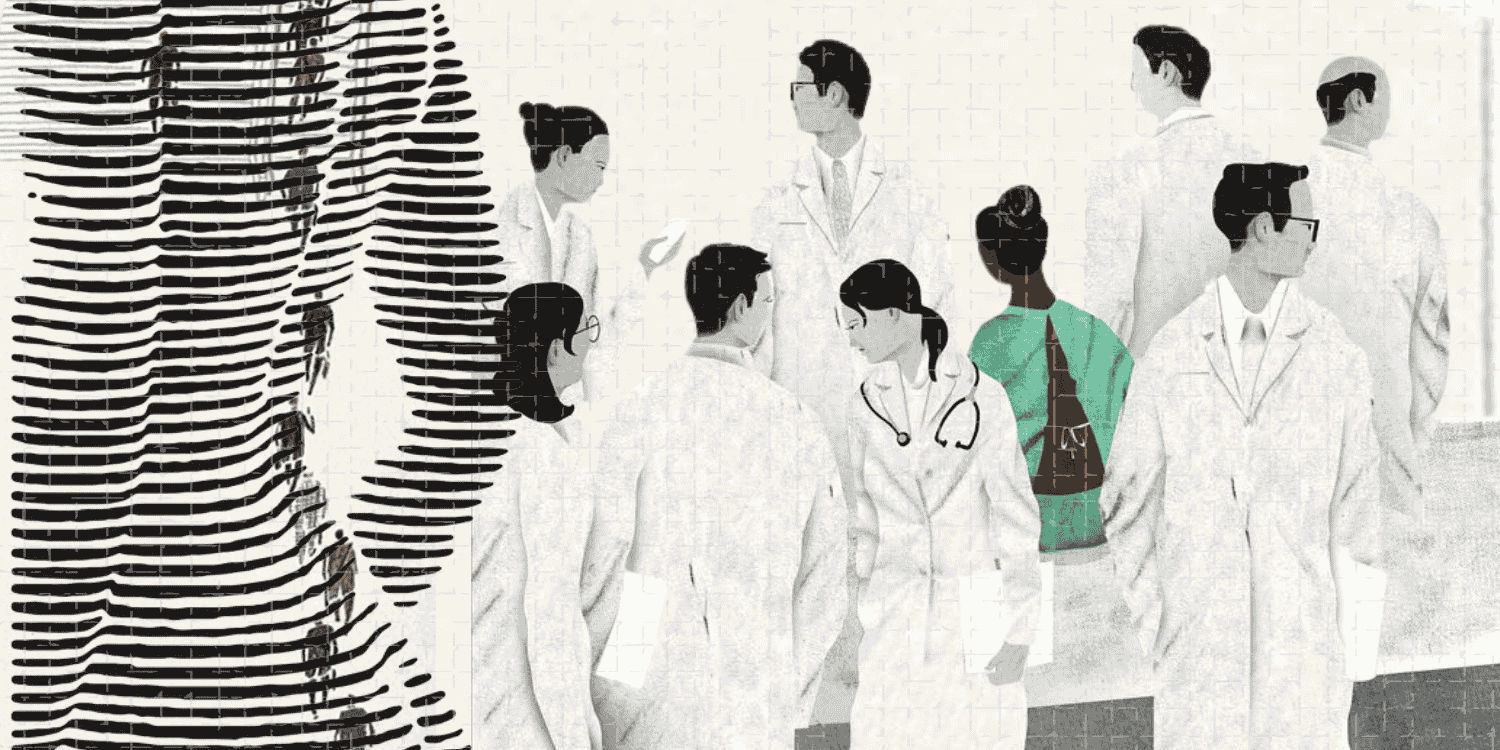Background
The National Human Trafficking Awareness Day 2024 raises the slogan ‘Freedom’s not for sale; fight modern slavery.’ Human Trafficking affects more than 27.6 million people worldwide, according to the International Labour Organisation (Blinken, 2023), also estimating that in 2022, 3.3 million children were being trafficked for sexual and labour exploitation at any given time.
Human trafficking is a grave and pervasive issue across the world, involving a dark, violent crime. The Polaris Project, which is a survivor-centred, justice-driven, equity-driven movement to end human trafficking across the world, focuses on busting myths about the crime. The project highlights the reality that trafficking may not always involve kidnapping (Polaris Project, 2024). In 2021, 28 per cent of the total number of victims with known recruiter types were trafficked by an intimate partner, which makes it one out of four victims (CSE, 2024). India has become a source, transit, and destination for human trafficking, and victims come mostly from impoverished rural areas or urban slums. In India, the exaggerated patriarchal culture that has its roots set deep in the system also creates room for manipulation, by denying women the right to make decisions in their lives. A US government-led initiative to monitor and track trafficking reported baffling figures in 2020, with a total number of 5,156 labour trafficking victims, including 2,837 bonded labour and 1,466 in sex trafficking; more than 98 per cent of trafficking victims were identified as Indian with, 62 per cent female and 38 per cent male (OMCTP, 2023). In India, trafficking includes bride trade, which essentially is similar to sex and labour trafficking, but has further levels of complexity.
Primary challenges in the Indian system include limitations in data collection, victim identification, inadequate protection and, in many instances, sensitivity in law enforcement.
Literature Review
The global nature of the crime of human trafficking, in many cases, makes it easy for the perpetrators to escape justice. The Trafficking in Persons Report of 2023 by the United States Government, at its onset, pushes for partnership for effectively prosecuting, protecting and preventing trafficking in person (OMCTP, 2023). The report goes into giving a wider definition to the term of trafficking in persons by stating that ‘a victim need not be physically transported from one location to another for the crime’.
This definition of trafficking looks into psychological aspects, and includes instances of forced consent, as found in customary prostitution and bride trade, the legality of which becomes harder to challenge (Sinha, 2006). However, cross-boundary trafficking remains a daunting reality. Evidence is provided by Joffres et al. in their study, wherein they highlight that India has emerged as an international supplier of trafficked women and children to the Gulf States and SouthEast Asia, and a hub for trafficking from the neighbouring countries of Bangladesh and Nepal (Joffres et al, 2008).
While both the Constitution (Article 23(1)) and law under the Immoral Traffic Prevention Act in 1956, along with the Criminal Law (amendment) Act 2013 and the Protection of Children from Sexual Offences (POCSO) Act 2012, lay down comprehensive measures to counter the menace of human trafficking (MEA, n.d), the implementation and conviction rate remains low with only one-tenth of the suspects out of 10,659 cases between 2018 and 2022 being convicted (Maqbool, 2024). Another important outlook on the issue is highlighted by Sinha which recognises the blurred line between waged, coerced and trafficked labour in India since the COVID-19 pandemic (Sinha, 2020). Sinha argues that the blurring of these lines are not necessarily the result of the pandemic induced nationwide lockdown, and instead is a result of the labour’s weakening position vis-a-vis their employer, and the erosion of their existing rights.
The recognition of the crime and prevention is one aspect of the crime, the other major challenge is the rehabilitation of victims. Empower People, an organisation that works between survivors and victims, focuses on ensuring a comprehensive follow-up on rehabilitation process since its inception in 2005. The organisation highlights the need for the adoption of survivors’ right-based perspective, its projects focused on social integration of victims and giving them the skills to reclaim their agency through training are aimed at creating a roadmap for rehabilitation. Yet, they recognise the lack of stringent and punitive action in the majority of the cases through the legal and judicial system (Empower People, 2024).
In this article, the objective is to identify the gaps in the Indian legal process and system in bringing justice to the survivors of human trafficking, while also exploring themes of vulnerability among tribal groups and transgender communities to the crime. This research also aims to look at the Anti-Trafficking Bill of 2021 and the concerns regarding it.
Intersection of Social Vulnerabilities and Trafficking
Trafficking as a crime does not exist in silos, it is a motivated crime that makes use of power that exists in a normal everyday setup as well. It is this power and unchecked authority that perpetrators are able to use to manipulate the victim. This power very closely resembles the set up that exists in a deep-rooted patriarchal society.
Although all populations are vulnerable to human trafficking, children, teenagers and women are considered to be particularly vulnerable to the crime due to either age, naivety, and control, combined with existing socio-economic inequalities. It is estimated that there are more than 12 million children exploited through human trafficking, with approximately 1.7 million children forced into sexual exploitation (Hope for Justice, 2024). The exposure to cyberworld also becomes a factor; the Internet has enabled human trafficking in a growing number of instances, especially those involving teens across the world (Dukes, 2020).
In India, the socio-economic inequalities run a deep intersection in the trafficking ring. An ILO report on Global Estimates of Modern Slavery also suggests that the number of people in modern slavery has risen in the last five years since 2017 (ILO, 2022).The state of Jharkhand, which is home to a large tribal population has become a hub for “placement agencies”, which is a euphemism for organised trafficking groups in the country (Aziz, 2023). Largely, trafficking from tribal communities in Jharkhand is for domestic labour to metropolitan areas, where the demand of such work is high. In many cases, intergenerational domestic slavery has become a reality and is almost accepted as a social norm (Aziz, 2023).
Yet, the measure of vulnerability to other forms of physical and sexual violence increases ten-folds in the cases of trafficked labour victims as well. Numerous reports suggesting abuse and maltreatment of domestic help have made the headlines, where victims have reported being physically abused and locked up (FP Explainers, 2022). All these incidents point towards the need for law regulating these “placement agencies”. The Employment Agencies (Regulation) Bill, 2019 can be considered as a step in the right direction.
A statistical study of the spatial and temporal variations of human trafficking in India in 2023 (Dakua et al., 2023) points not only to the magnitude of the problem in specific Indian states but also notices gaps in the available data & victim profiling. For instance, it points out that in Rajasthan, which is another country with high rates of trafficking, 80.8% of the victims are men while 19.2% are women. This points to the understudied data of male victimisation in states such as Rajasthan, Bihar and Delhi (Dakua et al, 2023), where a lot of economically weaker victims are exploited for labour. On the other hand, in states such as Maharashtra, West Bengal and Jharkhand a large number of victims (94.0%) out of a total 5021 in 2021 are female (Dakua et al., 2023).

Women’s limited agency and practices of early-age marriages across various parts of the country becomes a major, if not the central, reason for gender-imbalance in cases of inter-state human trafficking in India. In states with low sex ratios, such as Haryana and Punjab, girls are still being trafficked as brides (ILO, 2017). Another community specifically exposed to trafficking due to their continued marginalisation is the transgender community in India. For the transgender community, the loss of a sense of home is a reality at a very early part in their lives; around 80% of transgender people are therefore pushed into either sex work or begging (Mugloo and Rafiq, 2023). The lack of adequate documentation of the community makes it even more difficult to track the cases of trafficking.
Legal and other Efforts for Combating Trafficking and Support Survivors
The Immoral Traffic Prevention Act, 1956 (ITPA) is the only legislation across the legal landscape that specifically addresses trafficking. However, the ITPA penalises the trafficking of women and children for commercial sexual exploitation alone, and recognises neither trafficking of male persons nor labour trafficking. However, the Constitution and the Indian Penal Code criminalises all offences related to trafficking under Art 23(1) and Section 370. The new criminal act, the Bharatiya Nyaya Sanhita 2023 has recognised the offence of human trafficking as an ‘organised crime’, as defined by Section 111. However, it limits the definition to human trafficking for prostitution or ransom, making it punishable with imprisonment for five years or life (incase of death). Even so, the conviction rate for cases remains low and most people engaged in the crime have powerful connections, making it easier for them to slip away. In the states of West Bengal and Andhra Pradesh, the conviction rate for the crime was less than one-percent of those charged (Maqbool, 2024).
Some not-for-profit organisations are working across the country to help the trafficking victims and survivors. One such organisation is the Kamonohashi which funds anti-trafficking projects that encourage network-building across regions, connecting survivors and grassroots groups with researchers (India Programme, 2023). One of its projects, Tafteesh (which means investigation) is a coalition of survivors of human trafficking, civil society organisations, lawyers, social workers, psychologists, and researchers (India Programme, 2023).
Other organisations, such as the Women Power Connect (WPC) in association with the Asia Foundation, have been conducting research projects to map the support structures and services that exist for trafficking survivors in the country. WIth a focus on the three states of Delhi-NCR, Uttar Pradesh, and Haryana, the resource directory provides a victims support manual with details of helpline numbers, anti-human trafficking units, legal aid, NGOs, and shelter homes, as well as the government schemes that can aid in child protection and empowerment.
The directory specifies the amount payable to victims of trafficking across the states, with Delhi Victim Compensation Scheme 2015 compensation being the highest at INR 1,00,000-3,00,000, to the lowest being in Haryana, up to INR 50,000 (WPC, 2017). Despite the provisions of compensation to the victims, it is only granted at the time of sentencing, with low rates of conviction and the amount offered also remaining disappointingly low.
Even though a network of nonprofits is doing substantial work to share the responsibility towards rehabilitation and supporting victims, it is required of the government to strengthen its system to extend support, especially considering the status of the problem in India.
Policy Discussions and Recommendations
A big deterrent when it comes to large scale crime is a strong legal system, however, with so many escapes possible and low conviction rate it becomes difficult to combat the crime.
The first priority for India is to strengthen the legal system for human trafficking trials to ensure justice for victims and deter perpetrators. Across the country, non-government organisations are leading the battle against human trafficking, playing a vital role not only in the protection and support of victims but also in leading legal battles. However, there have been significant challenges and constraints in pushing for legal cases and the resources and capacity of NGOs are limited. Significant push was given to anti-human trafficking laws when the meaning of the term was expanded under section 370 of the Indian Penal Code under the Criminal Amendment Act of 2013. After the amendment, the section criminalises every person involved in the trafficking chain including the primary contact person, the transport, harbourers, transformers and the persons who receive the victim for the purpose of exploitation. It also made all these sub-offences non-bailable and made the consent of the victim immaterial to establishing the crime given the tricky nature of consent under duress or false promises (TFF, 2022).
The Bharatiya Nyaya Sanhita 2023, which now replaces the Indian Penal Code of 1860, acknowledges coercion into prostitution and recognises it as an organised crime. It also makes the abetment, attempt, conspiracy to commit organised crime or intentionally harbouring or concealing information of an organised crime punishable with five and three years respectively.
Yet, some constraints make it difficult to take legal resources for all the victims. Each trial is time consuming, intensive, and requires 2-6 years on average. On the other hand, the criminal justice system remains filled with gaps and courts are extremely overburdened by a large number of cases. Beyond these legal challenges victims are also faced by the crippling social stigma especially those who already have vulnerable positions in society.
However, the biggest challenge of all is the fear and intimidation that the families are often subjected to at the hands of the political lobbies that the traffickers are often connected to. The government officials can also lead many of the investigations in insensitive ways and threaten with verbal & physical intimidation.
To strengthen the legal system the following changes can be incorporated:
1. Data Collection: The foremost requirement to improve the legal system is to understand trends and map out key vulnerable communities and sections of communities. The cross-country magnitude of the problem requires a government initiative to collect & create a database for both legal intervention and victim support. The government can work with on-ground non-profit organisations that have been working with victims over the years to create a trusted network of support.
2. Enabling Legal Recourse through Anti-Trafficking Cells: The Ministry of Home Affairs has established an Anti Trafficking Cell to deal with the matters relating to law enforcement response on Trafficking in human beings. To help the victims of trafficking further, anti-trafficking cells can be made the primary helpline numbers with pro-bono legal aid available to pursue legal action.
3. Sensitivity Training: Although there has been an increase in recognising the need for the correct course of action by the police officers in handling cases with this level of sensitivity. It is required that law enforcement officers be trained towards procedure in these cases to minimise the risk of second victimisation.
4. Implementing new legislation: Even with new criminal laws in place, there has not been sufficient focus given to the complexity of the crime of human trafficking. A separate act such as the Trafficking in Persons (Prevention, Care and Rehabilitation) Bill, which was introduced in 2018 and aimed to rescue and ensure the safety and reintegration of the survivor, is pertinent to address the crime. The Bill also broadens the ‘victim’ by encompassing transsexual people apart from women and children. However, the Bill does require some changes before it is implemented, as it does not include any guidelines for rescue operations. It also does not recognise the labour exploitation as a result of trafficking, especially for male persons. It does not counter the issue of sensitization and structural reform, which is required to combat the issue. It becomes pertinent to firstly recognise the issue in its reality through ground-level engagement and engage with the general populace to form protective measures.
Conclusion
In times where much of the conversation around human rights revolves around the concept of ‘agency’, human trafficking emerges as a crime that comprises not only individual agency but also the collective psyche of the society. Addressing the issue of trafficking in India requires an approach that prioritises the protection of vulnerable populations, especially women, children, tribal and transgender communities. For a country that is now recognised as a host, destination and a transit for this crime, the legal system in India is clearly not up to the mark, with many loopholes and flaws that have, for decades, allowed the perpetrators to escape the hands of justice. These current gaps in legal protection often result in the further seclusion of the victims by exposing them to exploitation and abuse. On the one hand, NGOs play a very significant role in mitigating these challenges by providing essential services and advocacy. On the other hand, their limitation in terms of funds and capacity remains a challenge. The onus lies with the government to build a robust legal framework and sensitise the legal mechanisms.
The continued victimisation of many trafficking survivors across the country is reason enough to build not only a protectionist system but also to study the debility that allows for the crime to exist as such a reality in vulnerable communities. Prevention of the crime must be the foremost priority and building a system of support for victims must be the immediate other. As a country with a massive population and existing socio-economic inequalities, the reduction of crime remains a significant challenge for India, without which achieving economic and industrial development remains mostly insignificant.





